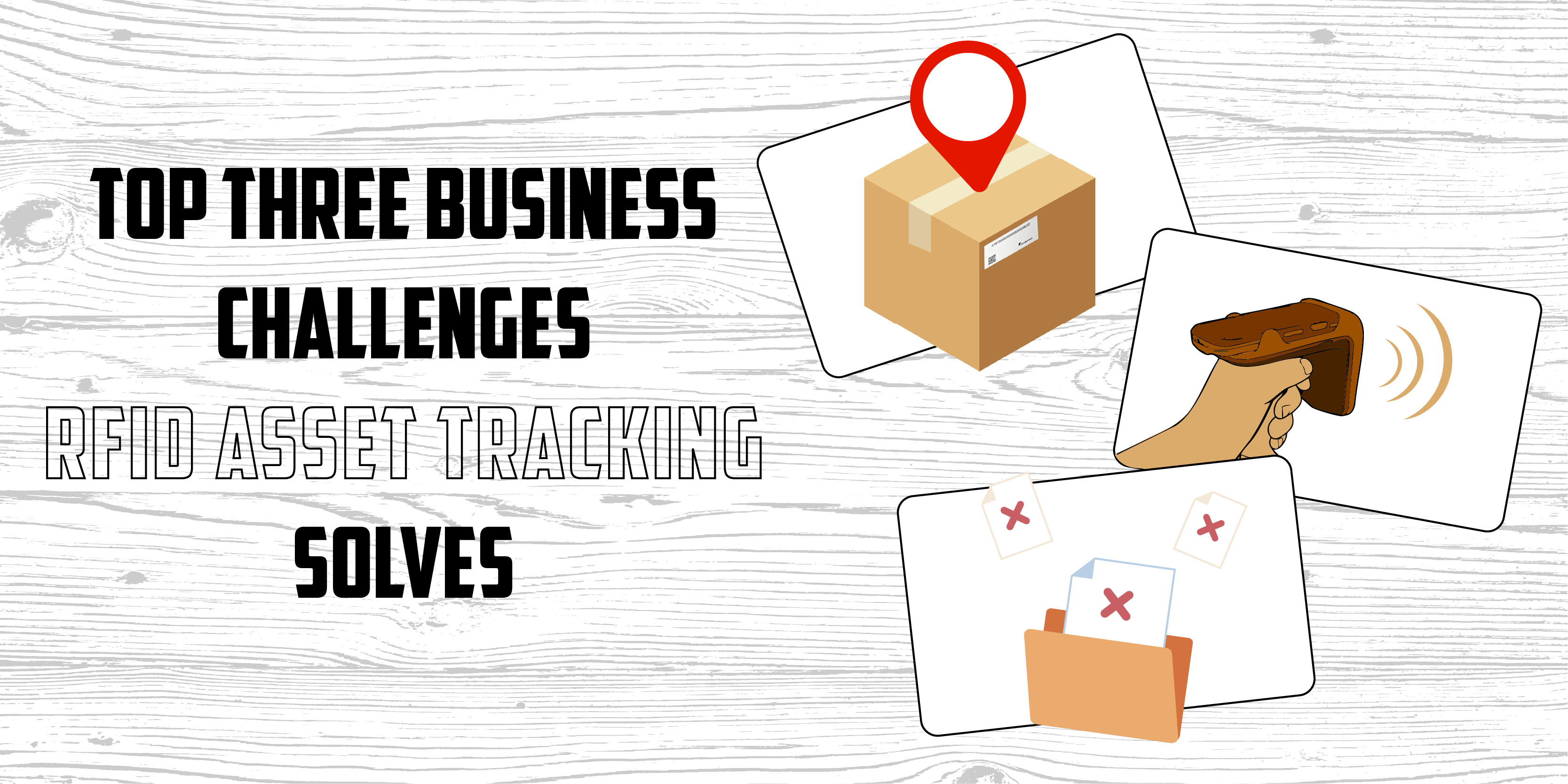Introduction: The Importance of Asset Tracking
Every business has assets and the ways that they may try to track them may differ based on the size of the business, types of assets, asset value as well as the company’s dedication to automation. Some of the technologies may include traditional track and trace software, spreadsheet or barcode labels. However, the most cost effective and robust technology is UHF RFID otherwise known as RAIN RFID.
This technology can help solve many business challenges when it comes to traditional asset tracking. Some of the business challenges RFID asset tracking solves includes:
Where Assets Are Located
UHF RFID Asset tracking solutions including TagMatiks AT Lite and TagMatiks AT Enterprise make it easier to understand where assets are physically located. Different types of infrastructure such as fixed RFID readers or handhelds RFID readers can be used to locate assets. With fixed readers, if assets move through a read zone, then the system can be updated to register that movement. With an RFID handheld, a user can enter a physical zone and update the associated location of RFID tagged assets.
For high-value assets or cases where more visibility is required, a passive RTLS (Real-Time Location System) can be used to track assets in real-time. Unlike handheld RFID readers that require manual scanning, passive RTLS continuously tracks asset movement using a network of fixed RFID readers. This is particularly beneficial in environments where assets frequently change locations, such as hospitals, warehouses, and large manufacturing facilities. With this system, either an all-in-one passive RTLS RFID reader or a mesh of fixed RFID readers can be used to cover a read zone, or multiple read zones, to provide high visibility.
Time To Inventory or Audit Assets
With traditional tracking technologies, the time required to collect data is usually very time intensive. With RFID, hundreds of assets that are RFID tagged can be scanned in seconds. This reduces the overall time to inventory or audit each location where assets are stored or located. This also helps with improving accuracy counts, as it reduces the dependency on users to make sure that the scan or enter all information.
Additionally, as the scanning process is much faster, businesses have the flexibility to conduct inventories or audits more frequently. This increased frequency can lead to greater visibility into operational inefficiencies, helping organizations identify and address potential issues in their business processes more proactively.
Lack of Data on Assets
Given the visibility and speed of data collection that RFID offers, when used for asset tracking, the technology improves the lack of data that organizations typically have on assets. For example, with IT assets, companies can track down any assets that need to be updated if a new firmware is available. Similarly, with increased data, companies can figure out what assets are being used and which ones are not. This can help with future purchasing decisions. This same data can be used to assist with determining what assets are going “missing” and help with loss prevention.
RFID technology has great benefits when it comes to asset tracking and RFID4U has made it easy to adopt RFID based asset tracking through our TagMatiks platform. Contact us to get started today.
